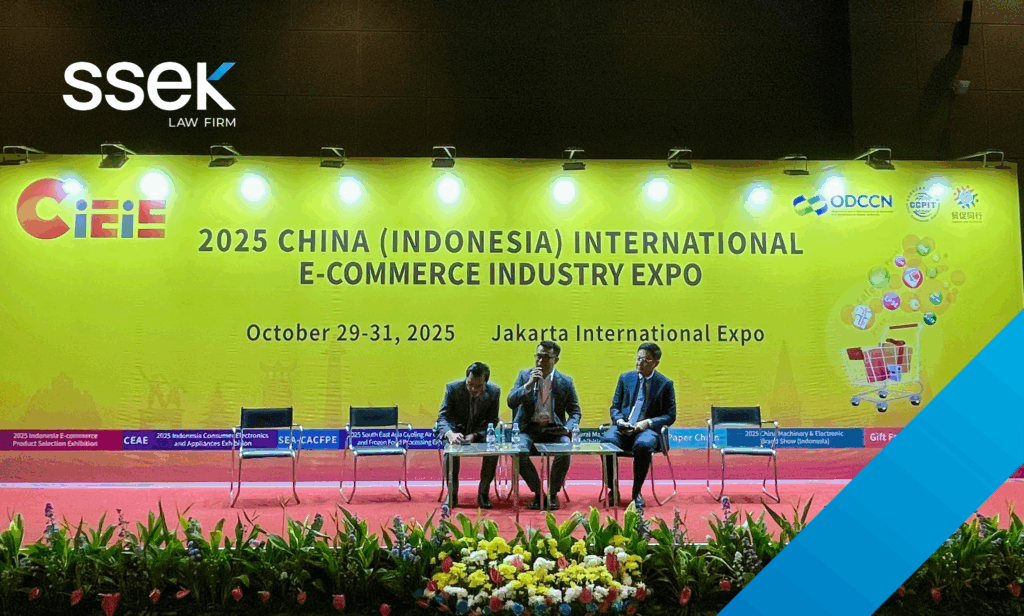7 October, 2015
What is Investor-State Dispute Settlement?
The investment-related dispute resolution procedures provided in the investment chapter of the TPP have proved to be one of the most contentious elements of the agreement and a major battleground in the negotiations. However, despite substantial disagreement during negotiations over the provision for investor-state dispute settlement (commonly referred to in this context as ISDS), which reports indicated was largely between the United States and Australia, the US Trade Representative has indicated that the investment chapter of the TPP provides for ISDS in a form similar to that found in many investment agreements .
ISDS potentially allows investors from the signatory states (whether individuals or corporations) to bring a claim for compensation or other relief directly against another signatory state where an investment in the host state has been subject to treatment that breaches the investment protections set out in the TPP. This is a well-established mechanism found in bilateral and multilateral investment treaties that assists investors in safeguarding their investments against certain political, regulatory, judicial and other state-driven risks that are especially significant in cross-border transactions.
The issue of sovereign immunity always remains important when suing a state, but if you have a right to bring such a claim because of the way your investment is treated, this can provide at the very least significant leverage, and at best, a compensable claim which will be recognised and upheld by the state that violated your rights under the TPP.
While the investment chapter of the TPP has not yet been published in its final form, the summary provided by the US Trade Representative (available here) indicates that it includes the substantive investment protections found in many investment agreements, which largely replicate those in the 2012 US Model Bilateral Investment Treaty. These include:
- a requirement that investors are treated to the same standard as investors from other states with which the host state has such investment protection mechanisms (known as a 'most favoured nation' provision) and as well as domestic investors (known as the 'national treatment standard'),
- a prohibition on expropriation that is not for a public purpose, without due process or without compensation,
- a prohibition on "performance requirements", such as local content or technology localisation requirements,
- a guarantee of free transfer of funds related to an investment (although with exceptions to allow governments to retain flexibility to manage volatile capital flows, including through non-discriminatory temporary safeguard measures in limited circumstances),
- in contrast to other recently negotiated free trade agreements (such as the Comprehensive Economic and Trade Agreement and the EU-Singapore FTA), a minimum standard of treatment in accordance with customary international law, and
- the freedom to appoint senior management positions of any nationality.
The investment chapter is reportedly drafted on a "negative list" basis, which means that the investment protections will apply uniformly except where parties have carved out an exception in one of their country-specific annexes (either in relation to current measures, where a party accepts an obligation not to make existing measures more restrictive in the future, or in relation to future measures, where a party seeks to retain full discretion with respect to a particular area going forward).
These investment protections will be capable of being enforced through international arbitration. Although the investor-state arbitration system has come under criticism in recent years, and was the focus of considerable disagreement in the course of the negotiations, it appears that the investment chapter provides for the typical form of ISDS while seeking to address many of the common criticisms of the ISDS system, through providing:
- additional requirements to support neutrality and transparency in the procedure,
- opportunity for amicus curiae (or “friend of the court”) submissions,
- non-party interventions,
- binding joint interpretations by the TPP parties,
- safeguards to prevent abusive or frivolous claims,
- time limits on bringing a claim,
- rules to prevent the same claim being pursued in parallel proceedings, and
- a review procedure for interim awards.
The investment chapter is also reported to protect the rights of the parties to regulate in the public interest, including on health, safety and environmental protection issues. This would have the effect of providing investors with a means of dispute resolution directly against sovereign states, while removing the most sensitive areas of public policy from the ambit of the ISDS mechanism.
An interesting new additional feature which is reportedly included in the ISDS mechanism in the TPP is the creation of a binding code of conduct to govern the arbitrators who sit on the investor-state tribunals. Until the text of the investment chapter is released, the content of this code, which is thought to have been a late addition to the chapter, remains unknown. The disclosure of the text will be greatly anticipated so that the impact of this, and the rest of the substantive and procedural features of the TPP's ISDS mechanism, can be fully understood.
For further information, please contact:
Donald Robertson, Partner, Herbert Smith Freehills
donald.robertson@hsf.com





